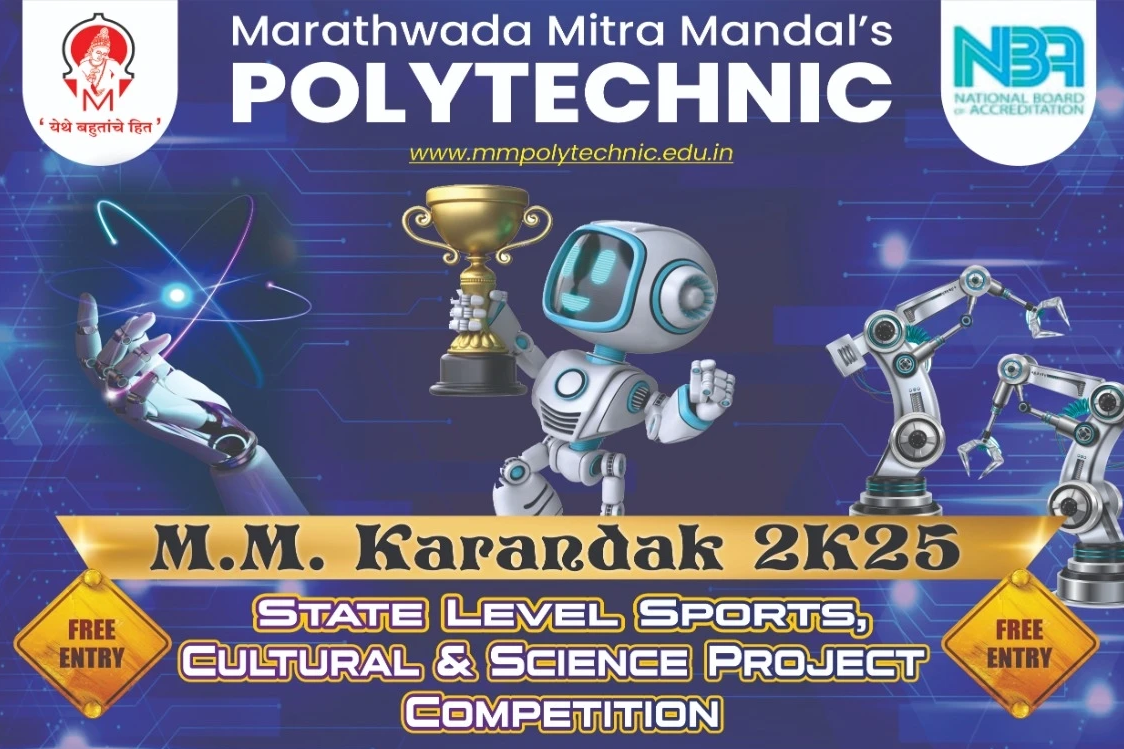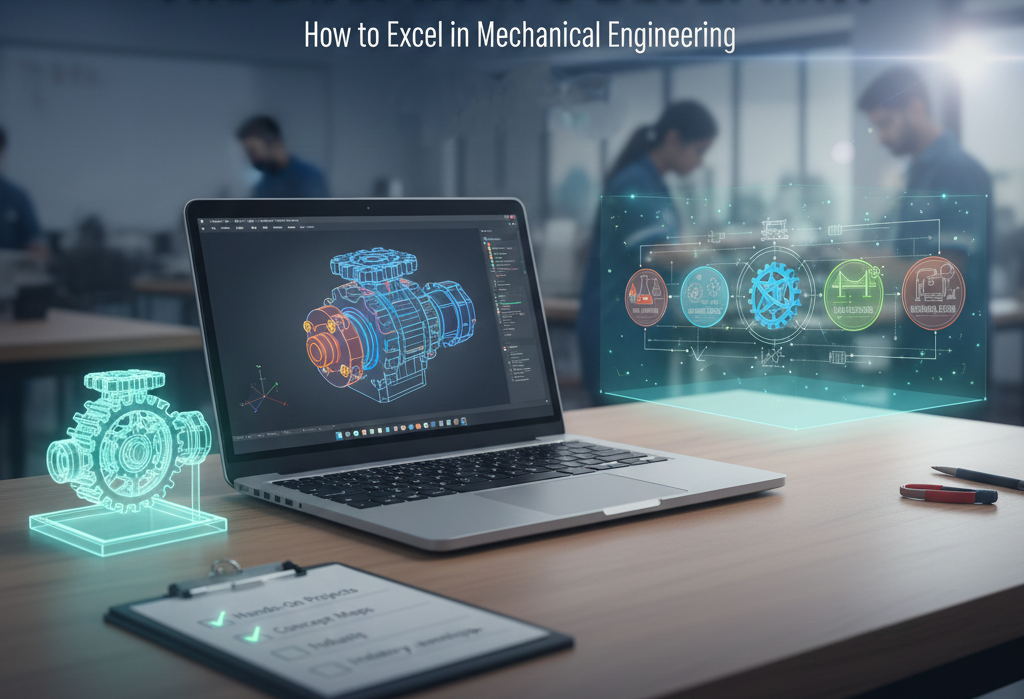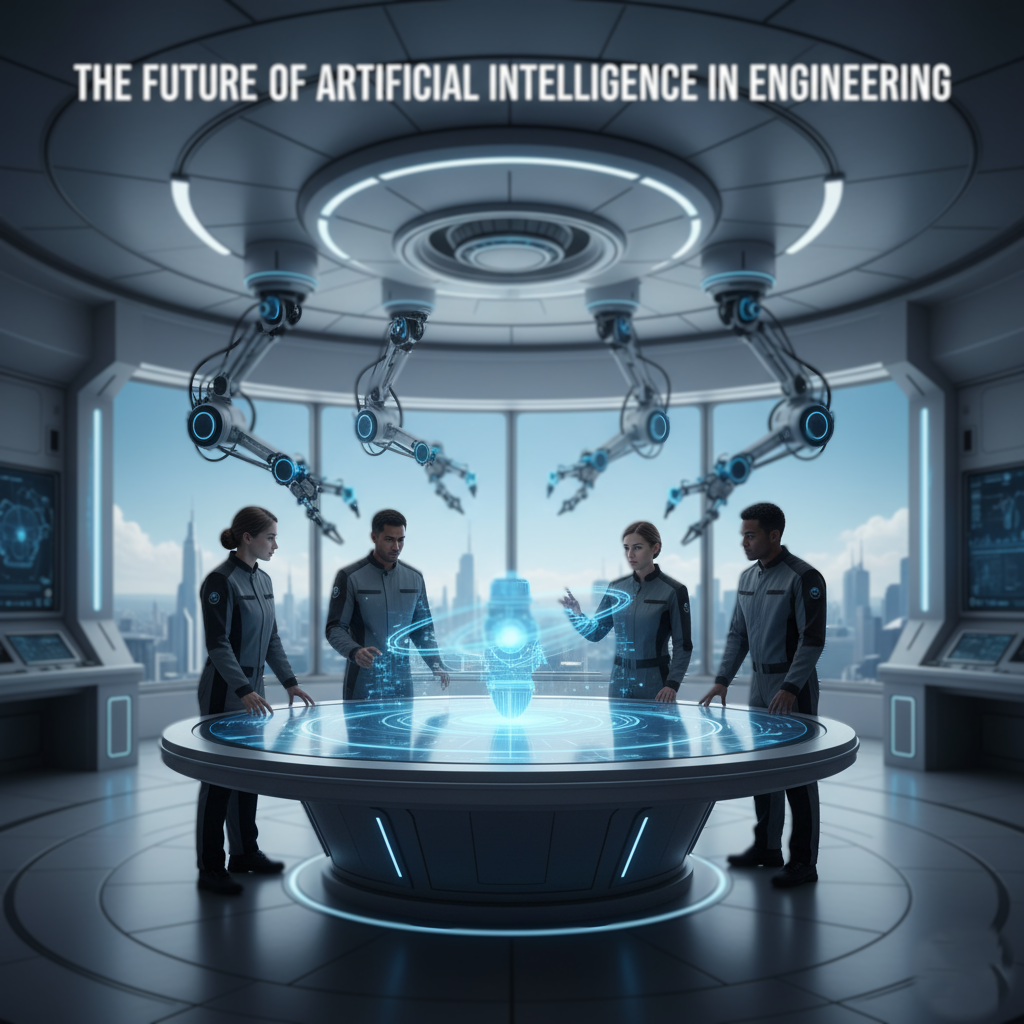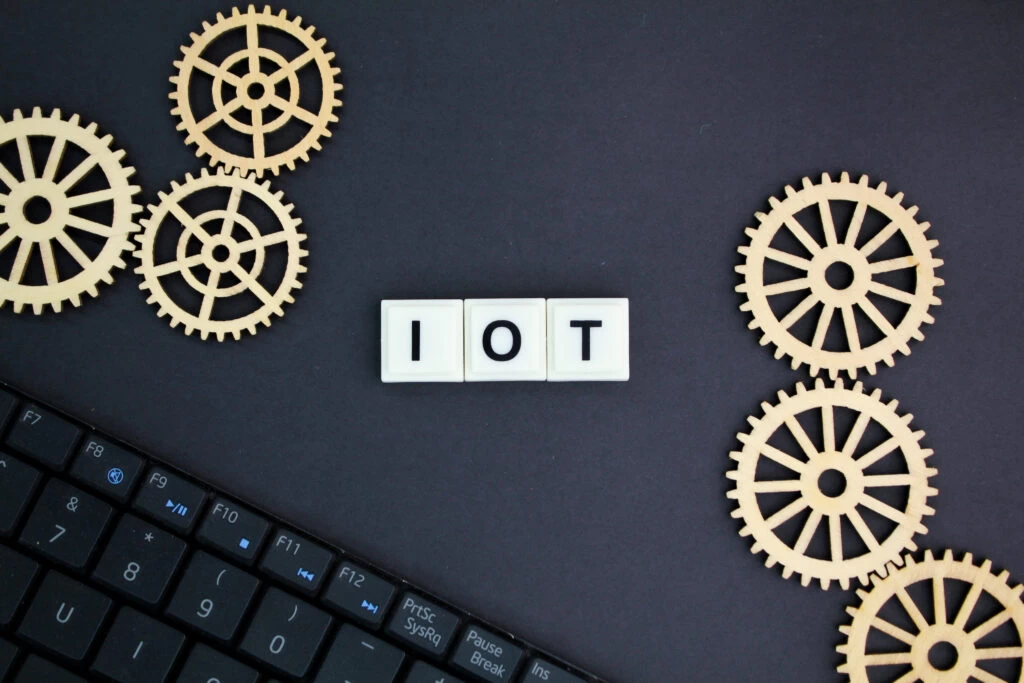
In today’s interconnected world, the convergence of the Internet of Things (IoT) and mechatronics is revolutionizing industries, driving efficiency, and unlocking new possibilities for automation and innovation. The seamless integration of sensors, actuators, and intelligent systems with IoT technology has paved the way for smart, interconnected devices that can communicate, analyze data, and autonomously adapt to changing conditions. In this blog, we’ll delve into the symbiotic relationship between IoT and mechatronics, exploring how their combined capabilities are reshaping industries and creating opportunities for a more connected and automated future.
Understanding IoT and Mechatronics:
1. Internet of Things (IoT):
IoT refers to the network of interconnected devices embedded with sensors, actuators, and software that enables them to collect, exchange, and analyze data over the internet. These devices can range from everyday objects such as home appliances and wearable devices to industrial machinery and infrastructure components. IoT technology enables real-time monitoring, remote control, and automation of various processes, leading to improved efficiency, productivity, and convenience.
2. Mechatronics:
Mechatronics is an interdisciplinary field that integrates mechanical engineering, electronics, computer science, and control systems to design and develop intelligent systems and products. Mechatronic systems combine mechanical components with sensors, actuators, and microprocessors to create automated, intelligent devices that can perform complex tasks with precision and efficiency. Mechatronics finds applications in a wide range of industries, including manufacturing, automotive, aerospace, robotics, and healthcare.
The Intersection of IoT and Mechatronics:
The integration of IoT and mechatronics represents a convergence of physical and digital technologies, enabling the creation of smart, interconnected systems with unprecedented capabilities. By embedding sensors and actuators into mechanical devices and connecting them to the internet, engineers can collect real-time data, monitor performance, and control operations remotely. This integration enables a range of transformative applications across various industries:
1. Smart Manufacturing:
In manufacturing, IoT-enabled mechatronic systems are revolutionizing production processes through real-time monitoring, predictive maintenance, and adaptive control. Smart factories leverage IoT sensors and actuators to collect data from machines and equipment, enabling proactive maintenance, optimizing energy usage, and minimizing downtime. Mechatronic systems with IoT connectivity enable seamless integration and coordination of production processes, leading to improved efficiency, quality, and agility.
2. Autonomous Vehicles:
The automotive industry is embracing IoT-enabled mechatronics to develop autonomous vehicles with advanced sensing, navigation, and control capabilities. These vehicles rely on a network of sensors, cameras, and actuators to perceive the environment, make informed decisions, and navigate safely and efficiently. IoT connectivity enables real-time communication between vehicles and infrastructure, facilitating vehicle-to-vehicle (V2V) and vehicle-to-infrastructure (V2I) communication for enhanced safety and traffic management.
3. Smart Healthcare:
In healthcare, IoT-enabled mechatronic devices are transforming patient care and medical diagnostics. Wearable devices equipped with sensors and actuators can monitor vital signs, track physical activity, and deliver personalized healthcare interventions in real time. IoT connectivity enables healthcare professionals to remotely monitor patients, gather data for medical research, and provide timely interventions, leading to improved patient outcomes and reduced healthcare costs.
Challenges and Opportunities:
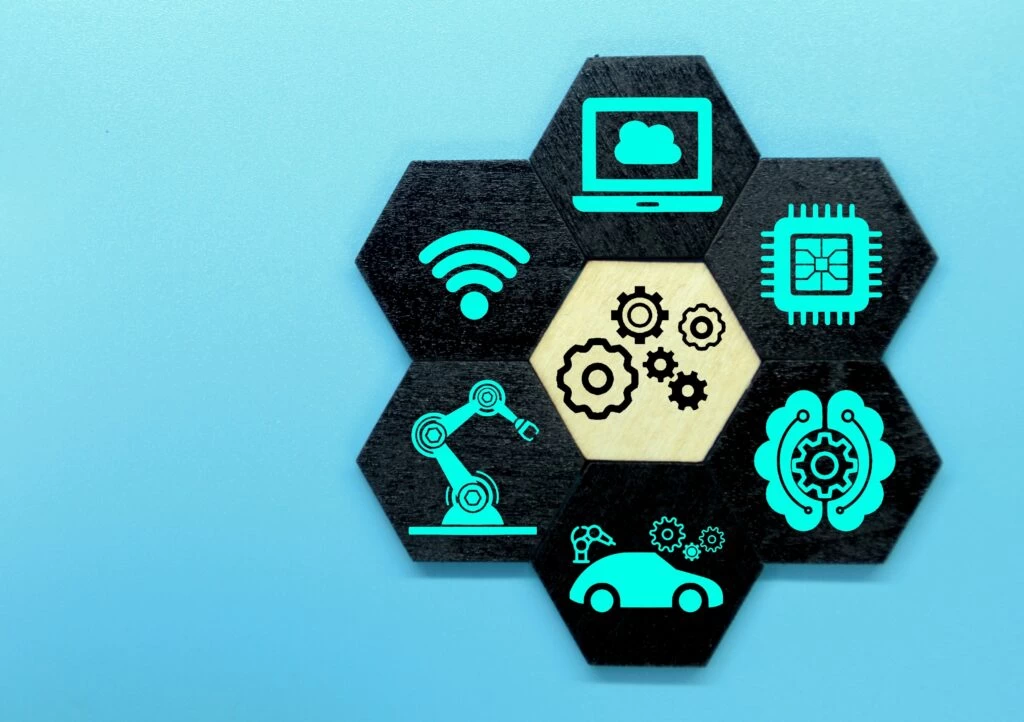
While the integration of IoT and mechatronics offers numerous benefits, it also presents challenges related to cybersecurity, data privacy, interoperability, and scalability. Ensuring the security and privacy of IoT-enabled mechatronic systems is paramount, as they are vulnerable to cyber-attacks and unauthorized access. Moreover, interoperability standards and protocols are needed to facilitate seamless communication and integration between different IoT devices and platforms.
Despite these challenges, the synergy of IoT and mechatronics presents immense opportunities for innovation and growth across industries. By leveraging the combined capabilities of IoT and mechatronics, engineers can develop intelligent systems and products that enhance efficiency, productivity, and sustainability while improving the quality of life for people around the world.
In conclusion, the integration of IoT and mechatronics represents a paradigm shift in the way we design, develop, and interact with intelligent systems and products. By harnessing the power of connectivity, automation, and data-driven insights, IoT-enabled mechatronic systems have the potential to transform industries, drive economic growth, and create a more connected, efficient, and sustainable future.

